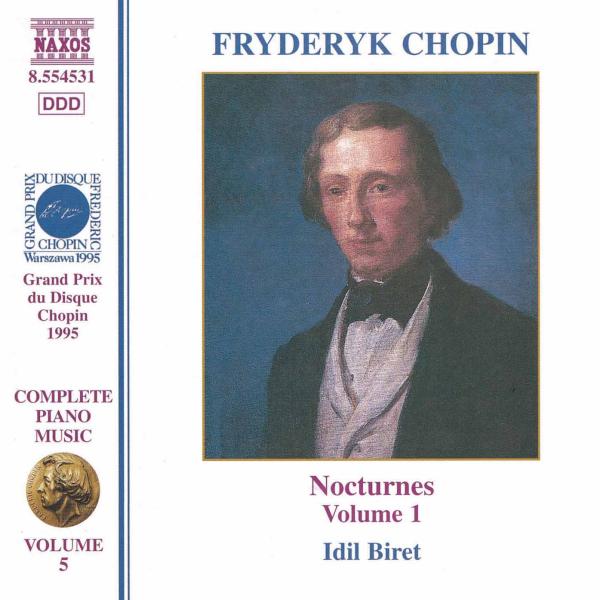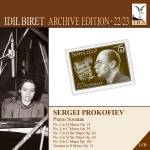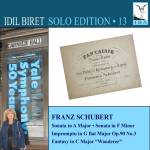Other products from Idil Biret |
My Account
|
Log In
|
English |
€ Euro |
Advanced Search
|
All Categories
BEST SELLER
500
NEW RELEASES
8.528
SPECIALS
229.828
Your search:
No selection
Filter results:
TECHNICS
267.652
GAMES/SOFTWARE
26.198
MUSIC
708.177
Christian Music
734
- Asia Pop
9.336
- Austro Pop
211
- Brit Pop
247
- Dutch Pop
1
- Euro Pop
37
- French Pop
505
- Indie Pop/Lo Fi
24
- Italo Pop
292
- Latin Pop
6.832
- MiddleoftheRoad
2.578
- Oldies
71
- Other Pop
230.754
- Party
31
- Synthi Pop
314
- The 60s
271
|
Music Movie Audiobooks Merchandise Children's |






![Idil Biret - Idil Biret spielt Beethoven Sonaten [DE-Version, Regio 2/B]](https://img.grooves.land/images/cover/758/568/pn9gh7pz.j11)




















